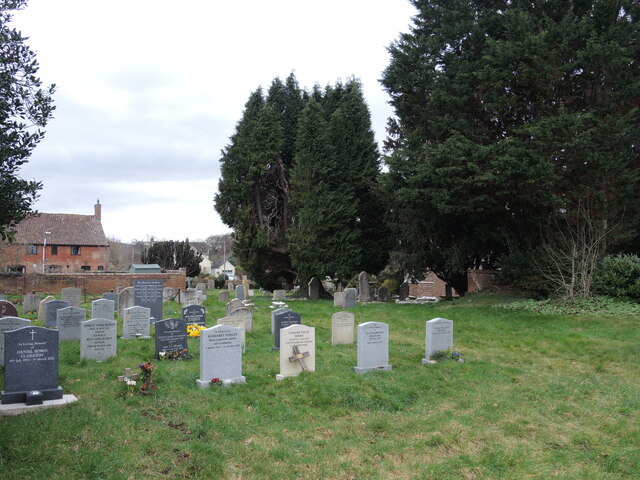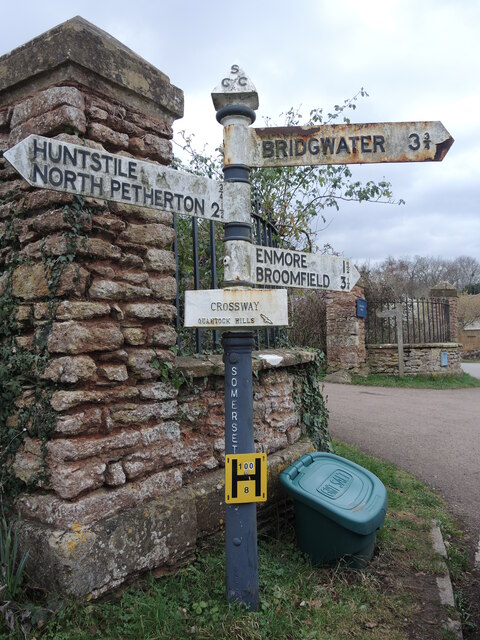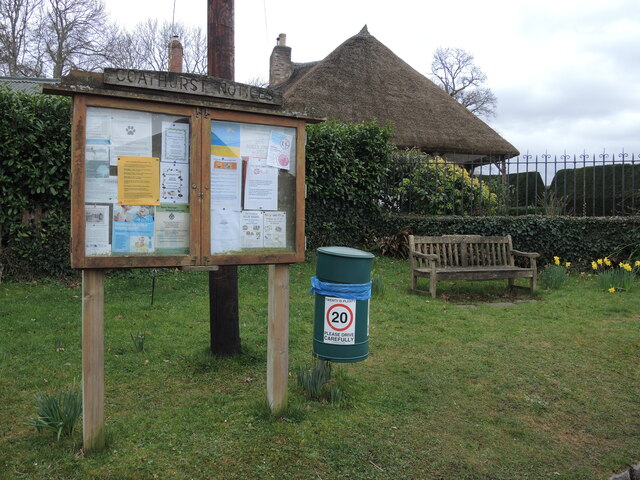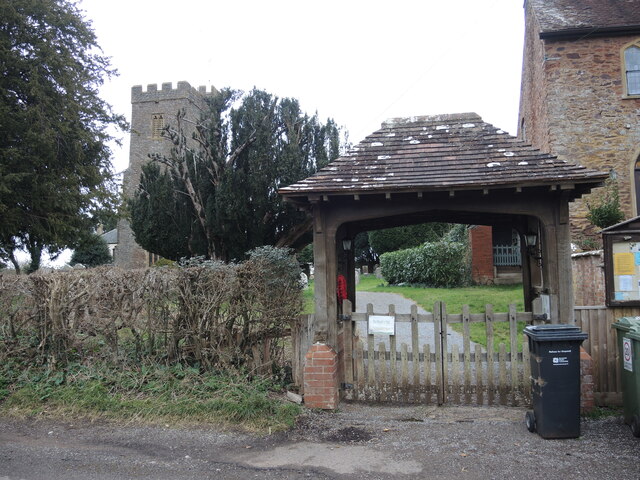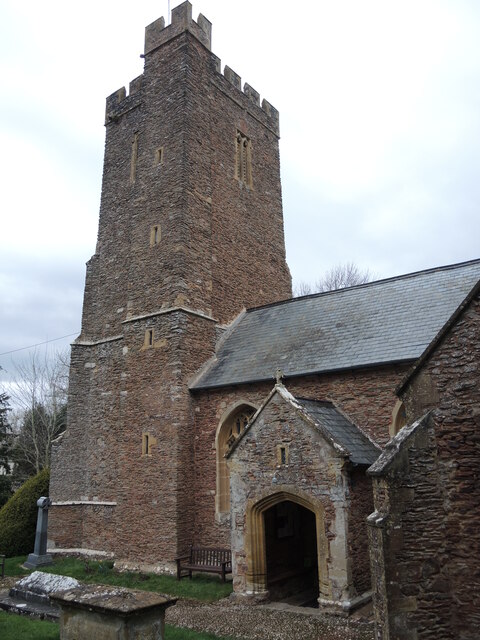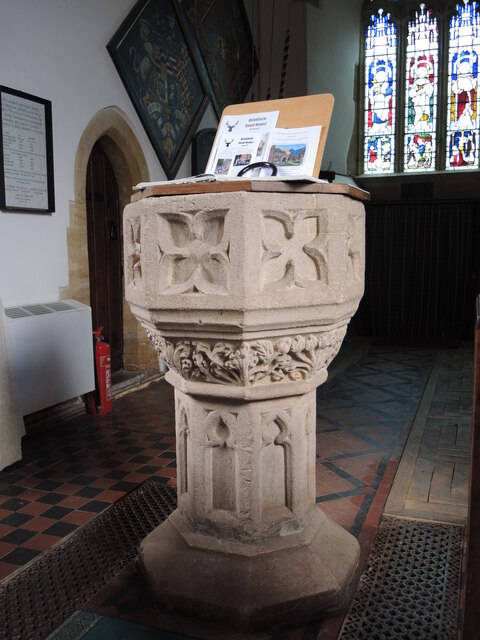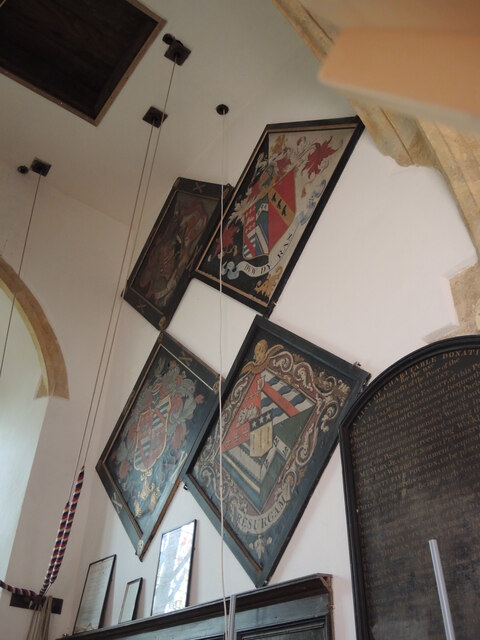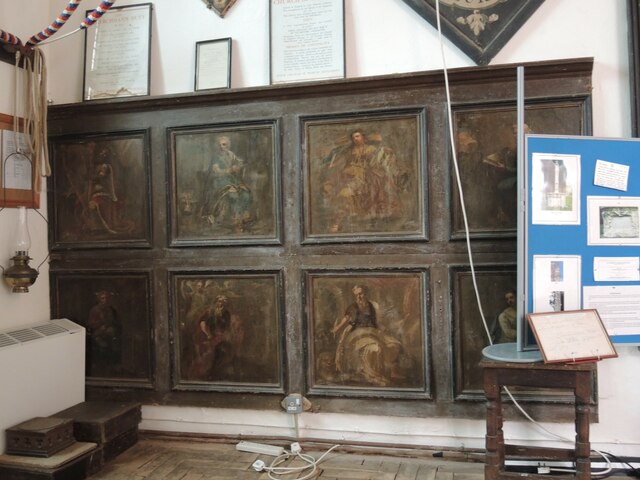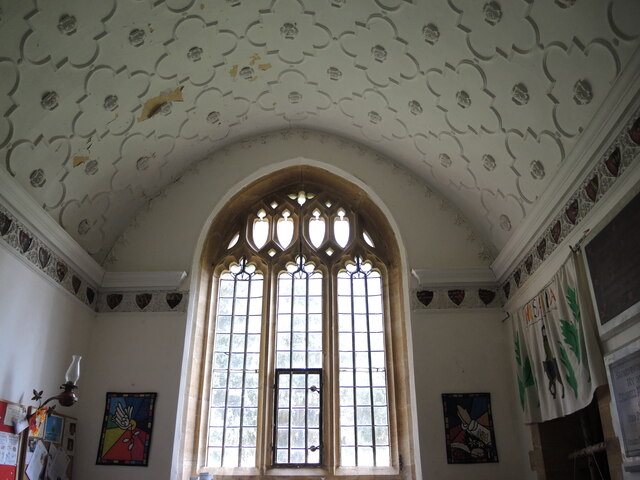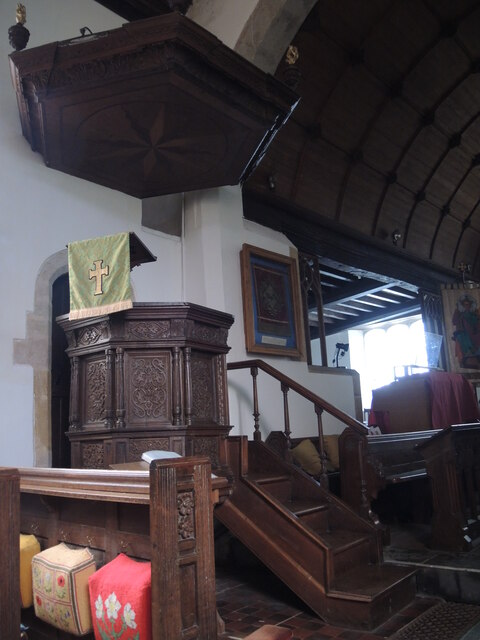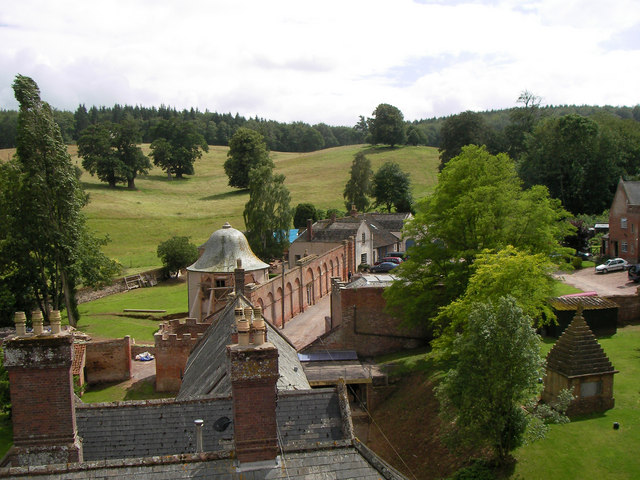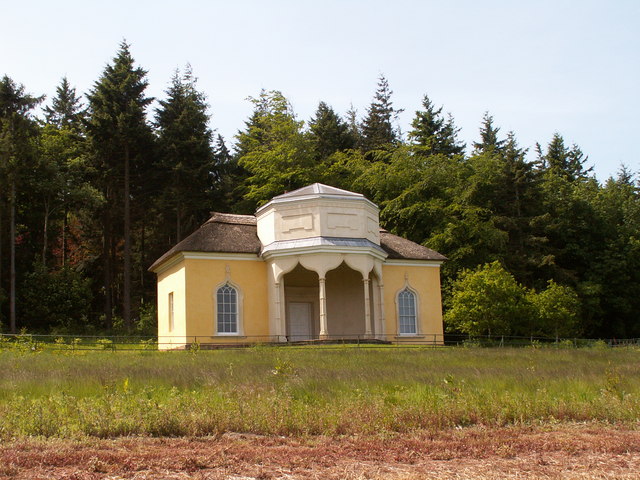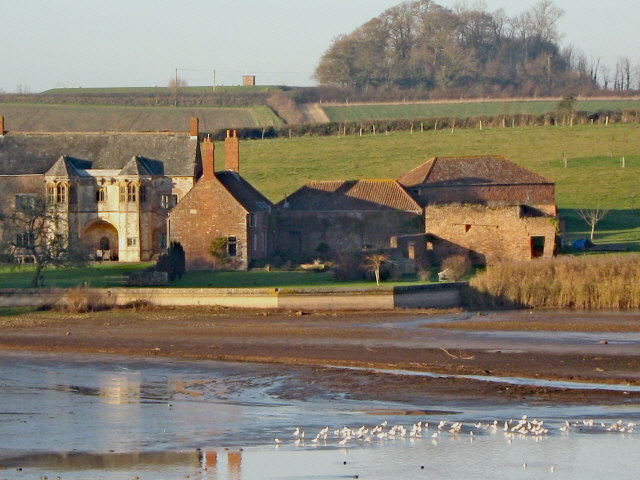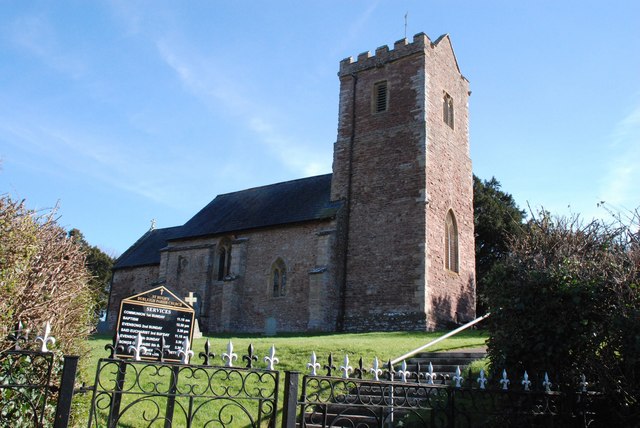Colonel's Copse
Wood, Forest in Somerset Sedgemoor
England
Colonel's Copse
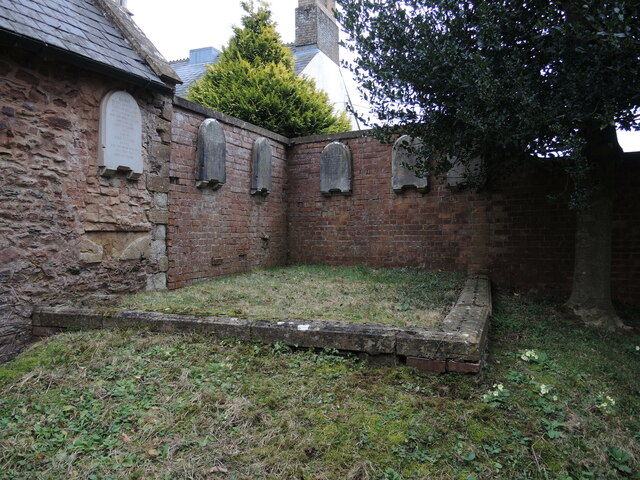
Colonel's Copse is a charming wood located in Somerset, a county in the southwestern part of England. Situated near the village of Wedmore, this forested area covers approximately 20 acres and is known for its natural beauty and diverse flora and fauna.
The copse is composed primarily of native deciduous trees, including oak, ash, and beech, which provide a rich habitat for a variety of wildlife. The forest floor is carpeted with a lush carpet of ferns, bluebells, and wild garlic in the spring, creating a picturesque scene. The dense canopy of the trees provides shade and shelter, making it an ideal habitat for many bird species, including woodpeckers, owls, and warblers.
Colonel's Copse is a popular destination for nature enthusiasts and walkers, offering a network of well-maintained footpaths that meander through the woodland. These trails lead visitors through the peaceful forest, allowing them to enjoy the tranquility and observe the local wildlife.
The copse is managed by a local conservation group that ensures the preservation of its natural beauty and biodiversity. They conduct regular maintenance to control invasive species and promote the growth of native plants, enhancing the habitat for the woodland creatures.
Overall, Colonel's Copse is a hidden gem in Somerset, offering visitors a chance to immerse themselves in nature and experience the tranquility of a traditional English woodland. With its diverse ecosystem and well-maintained trails, it is a haven for wildlife and a delight for nature lovers.
If you have any feedback on the listing, please let us know in the comments section below.
Colonel's Copse Images
Images are sourced within 2km of 51.106966/-3.0520804 or Grid Reference ST2634. Thanks to Geograph Open Source API. All images are credited.
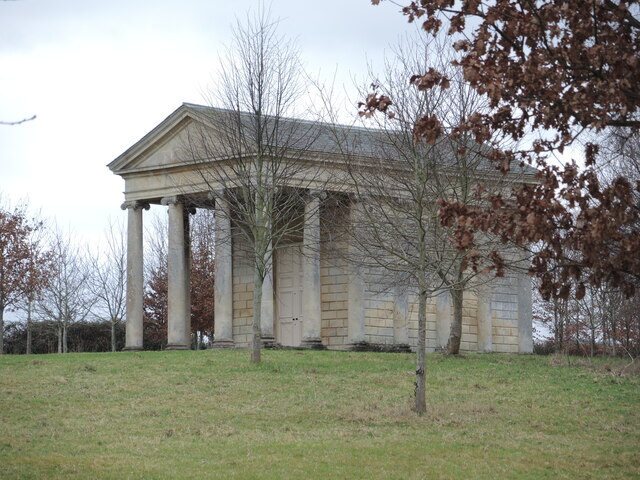
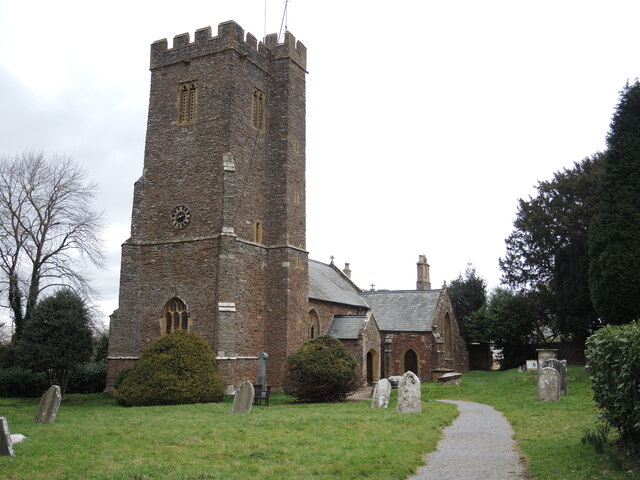
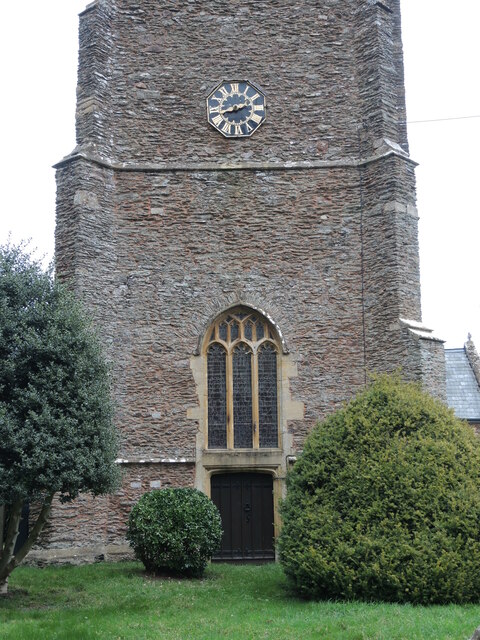
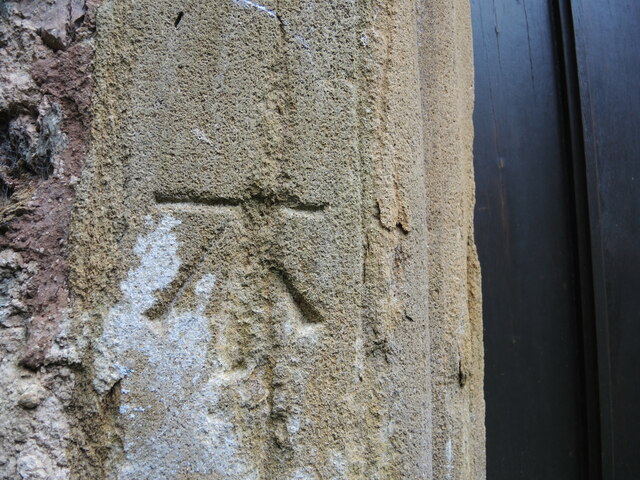
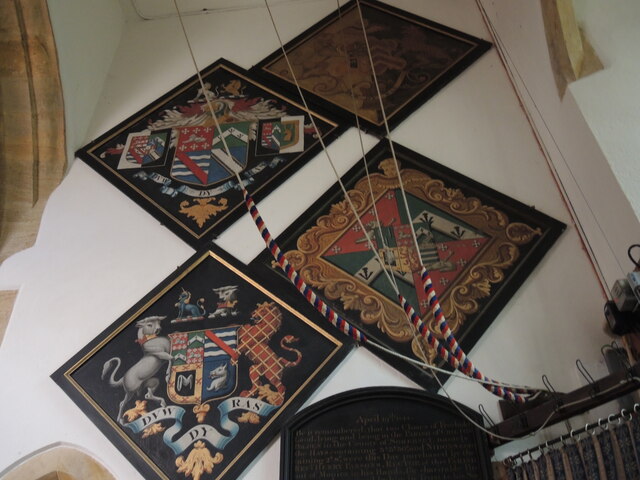
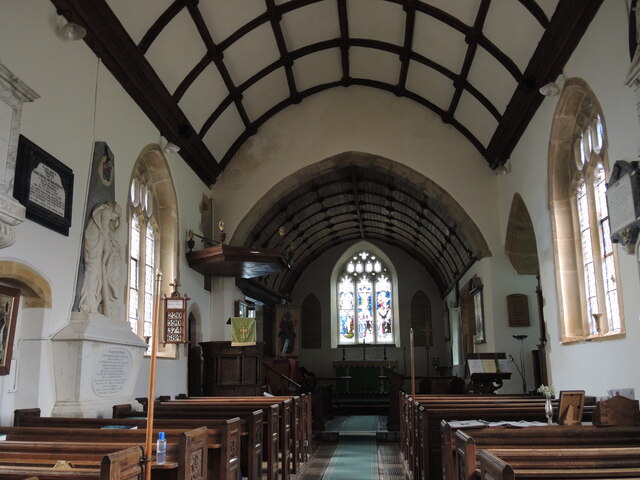
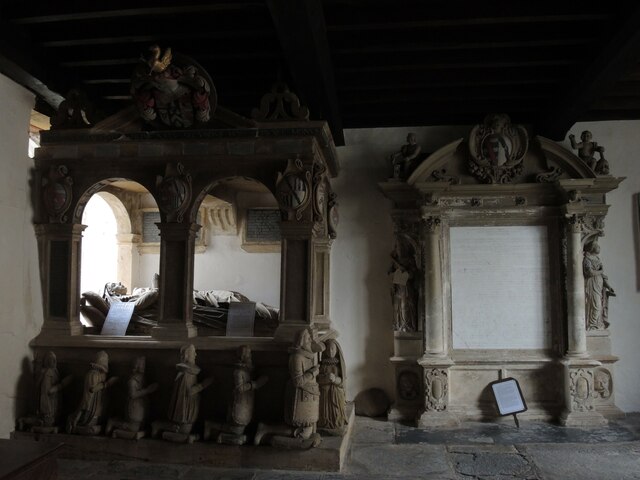
Colonel's Copse is located at Grid Ref: ST2634 (Lat: 51.106966, Lng: -3.0520804)
Administrative County: Somerset
District: Sedgemoor
Police Authority: Avon and Somerset
What 3 Words
///telephone.existence.activity. Near North Petherton, Somerset
Nearby Locations
Related Wikis
Goathurst
Goathurst is a small village and civil parish in the English county of Somerset, around 3 miles from the town of Bridgwater. The parish includes the hamlets...
Temple of Harmony
The Temple of Harmony is an 18th-century folly in the grounds of Halswell House, Goathurst, Somerset, England. Built in 1767, it is a replica of the 1st...
Durleigh reservoir
Durleigh reservoir at Durleigh in Somerset, England covers 80 acres (32 ha) and was formed in 1938 when Durleigh brook, a tributary of the River Parrett...
Robin Hood's Hut
Robin Hood's Hut is a small pavilion in the grounds of Halswell House, Goathurst, Somerset, in the west of England. It was built between 1740 and 1760...
West Bower Manor
West Bower Manor (also known as Durleigh Manor) in Durleigh within the English county of Somerset was largely built in the 15th century. It is a Grade...
Church of St Hugh, Durleigh
The Church of St Hugh at Durleigh in the English county of Somerset was built in the 11th century. It is a Grade II* listed building. == History == The...
Enmore Park Golf Club
Enmore Park Golf Club is a golf club set within the Quantock hills, an area of outstanding natural beauty, and in the village of Enmore within the county...
Durleigh
Durleigh is a village and civil parish on the outskirts of Bridgwater in Somerset, England. According to the 2011 Census, it had a population of 548. Its...
Nearby Amenities
Located within 500m of 51.106966,-3.0520804Have you been to Colonel's Copse?
Leave your review of Colonel's Copse below (or comments, questions and feedback).
